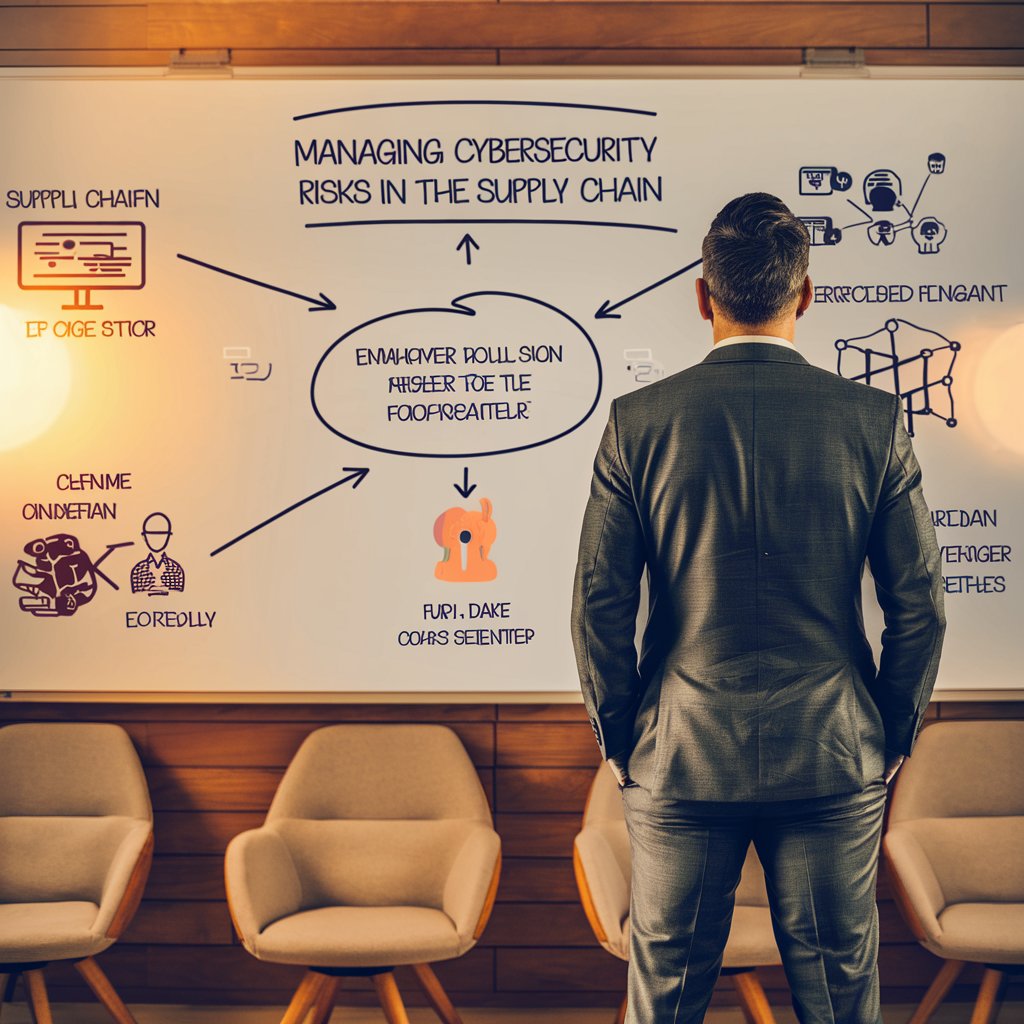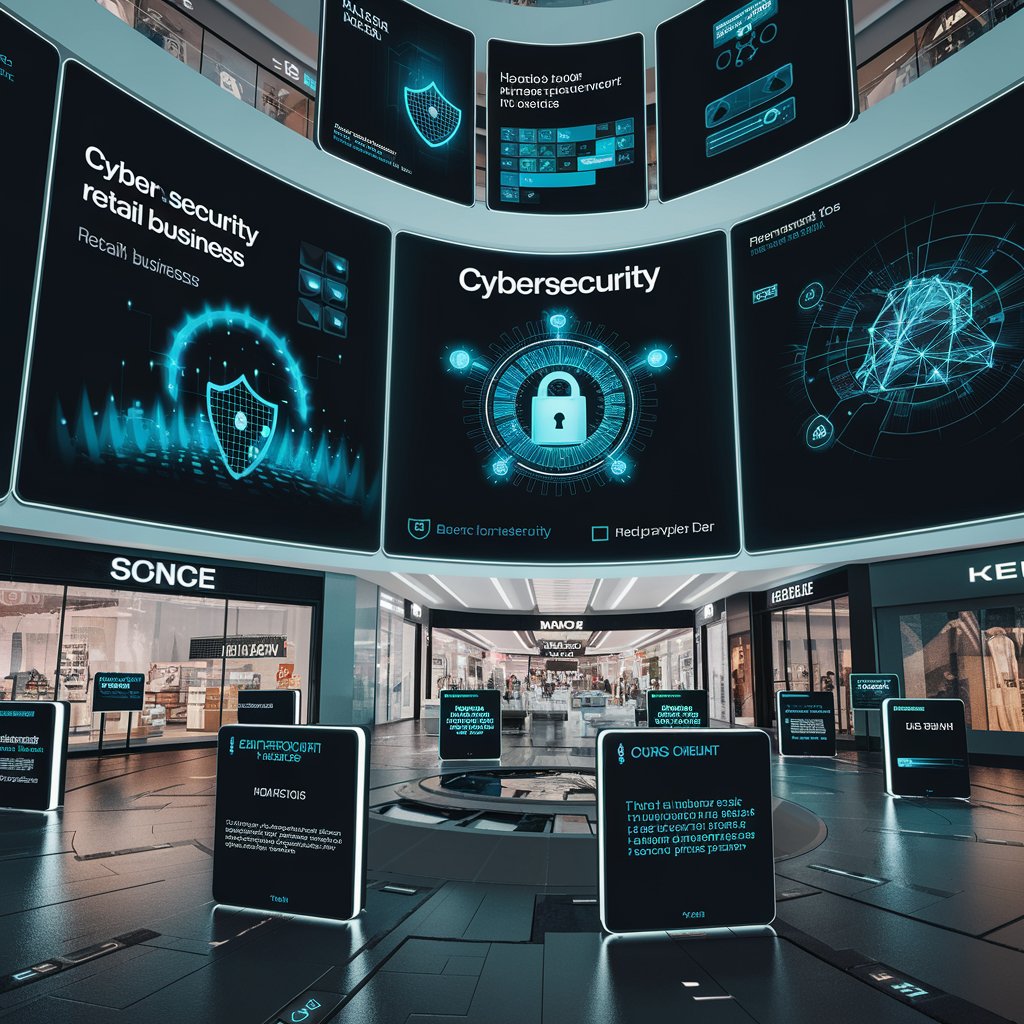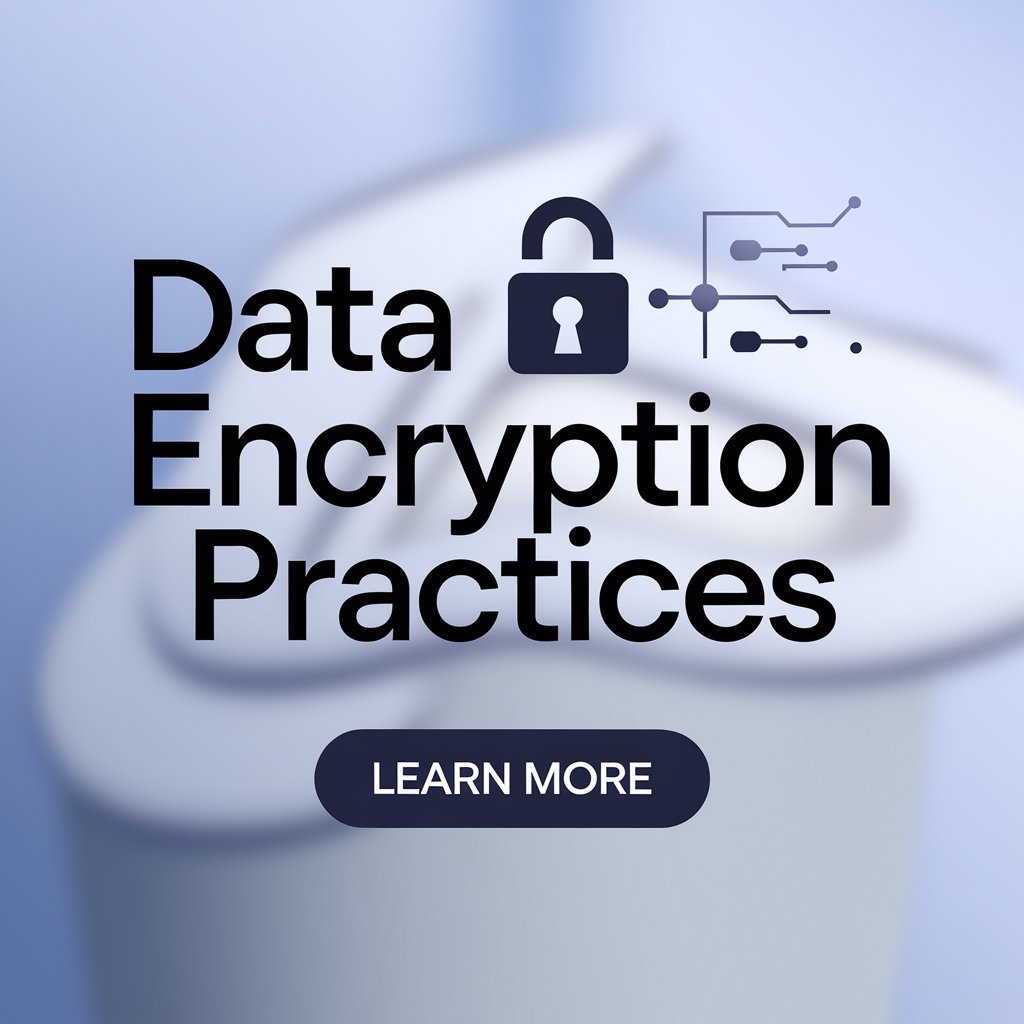ENG
10 Min Read
1. Assess Supply Chain Risks
The first step in managing cybersecurity risks within your supply chain is to assess potential vulnerabilities. This includes identifying all suppliers, third-party vendors, and partners that have access to your critical systems and sensitive data. You should evaluate the cybersecurity posture of each organization and assess:
Security policies and practices: Does the supplier follow best practices for cybersecurity?
Data handling protocols: How does the supplier protect sensitive information?
Past incidents: Have they experienced cyberattacks or data breaches in the past?
Regular risk assessments will help you identify which partners or suppliers present the most significant threats and prioritize actions accordingly.
2. Implement Vendor Risk Management Programs
A vendor risk management (VRM) program is designed to evaluate, monitor, and control the risks posed by third-party vendors. This program helps to understand the risks of each vendor and ensures that they adhere to cybersecurity standards.
Due diligence: Before engaging with a supplier, perform comprehensive background checks to evaluate their cybersecurity capabilities.
Ongoing monitoring: Regularly monitor your suppliers for security breaches, changes in policies, or vulnerabilities.
Clear contracts: Incorporate cybersecurity clauses in contracts that require vendors to maintain certain security standards and promptly notify you of any incidents.
3. Require Cybersecurity Standards and Certifications
To ensure your vendors are taking cybersecurity seriously, require them to adhere to recognized security frameworks and certifications. Examples include:
ISO/IEC 27001: A standard for information security management systems.
NIST Cybersecurity Framework (CSF): A set of guidelines for improving critical infrastructure cybersecurity.
SOC 2 (System and Organization Controls): A set of standards for managing sensitive customer data.
These certifications provide confidence that your suppliers have taken steps to protect data and systems. It also establishes a common language between you and your suppliers when discussing cybersecurity.
4. Encrypt Data and Use Secure Communication Channels
Ensure that any data exchanged between your organization and its suppliers is encrypted, both at rest and in transit. Encryption safeguards sensitive data, such as financial information, intellectual property, or customer details, from unauthorized access or cyberattacks.
Secure communication channels: Use tools like Virtual Private Networks (VPNs) or secure email platforms for sharing sensitive information.
Multi-factor authentication (MFA): Require MFA to access systems or data, adding an extra layer of protection against unauthorized access.
By enforcing encryption and secure channels, you can significantly reduce the risk of a data breach or cyberattack originating from your supply chain.
5. Develop Incident Response and Contingency Plans
Supply chain cyberattacks can have devastating effects on your business. To minimize the impact, develop a robust incident response plan (IRP) and contingency plans for potential cyberattacks in collaboration with your suppliers.
Incident response (IR) playbooks: Develop and share specific playbooks for addressing various types of cybersecurity incidents, such as ransomware or data breaches.
Supply chain disruptions: Create strategies to maintain business continuity in case a vendor experiences a cyberattack. This includes having alternative suppliers or a backup strategy in place.
Joint incident management: Work with your key suppliers to create coordinated response efforts, ensuring prompt detection, containment, and resolution of cybersecurity incidents.
6. Train Employees on Supply Chain Risks
Educate your internal teams about the risks associated with your supply chain. Employees who interact with vendors or manage supplier relationships should be aware of potential threats, such as phishing, malware, and social engineering tactics that could compromise both their own systems and your suppliers’ systems.
Phishing awareness: Train employees to recognize phishing attempts or suspicious communications from suppliers that could compromise your organization.
Cybersecurity best practices: Ensure employees follow best practices for handling sensitive information, such as using strong passwords and avoiding risky websites.
Supply chain attack simulations: Consider conducting simulated cyberattack exercises with vendors to test your organization's preparedness and responsiveness to supply chain breaches.
7. Establish a Zero-Trust Security Model
A Zero-Trust security model assumes that every device, user, and application, both inside and outside the organization, is untrusted. This approach ensures that even if a cybercriminal compromises a supplier or partner, they cannot easily move laterally within your systems.
Identity and access management (IAM): Enforce strict identity verification and control access to your network based on least privilege principles.
Micro-segmentation: Divide your network into smaller, isolated segments to limit the lateral movement of any potential attackers.
Continuous monitoring: Monitor all activities within your network and supply chain in real time, looking for signs of unusual behavior or unauthorized access.
8. Regularly Review and Update Cybersecurity Measures
The cyber threat landscape is constantly evolving, and so should your supply chain cybersecurity measures. Regularly review and update your security protocols, policies, and contracts with suppliers to ensure they remain up to date with the latest threats.
Annual risk assessments: Conduct thorough risk assessments of all suppliers annually or after any significant changes to their operations or technology.
Patching and vulnerability management: Work with your vendors to ensure timely application of security patches to address any vulnerabilities in their systems.
Review contracts and SLAs: Ensure that the cybersecurity clauses in your supplier contracts and Service Level Agreements (SLAs) remain relevant and effective.
9. Implement Supply Chain Visibility Tools
Supply chain visibility tools allow businesses to monitor and track the security posture of their suppliers in real time. These tools enable you to detect vulnerabilities or signs of cyberattacks at early stages, improving your ability to respond proactively.
Third-party risk management software: Tools like SecurityScorecard, BitSight, or UpGuard provide continuous monitoring of your suppliers’ cybersecurity practices and allow you to assess their risk levels.
Threat intelligence sharing: Collaborate with industry peers, governmental agencies, and suppliers to share insights on emerging threats and vulnerabilities within the supply chain. audit3aa
Join our newsletter list
Sign up to get the most recent blog articles in your email every week.
You can copy our materials only after making sure that your services are safe.
This site is protected by reCAPTCHA and the Google Privacy Policy and Terms of Service apply.










